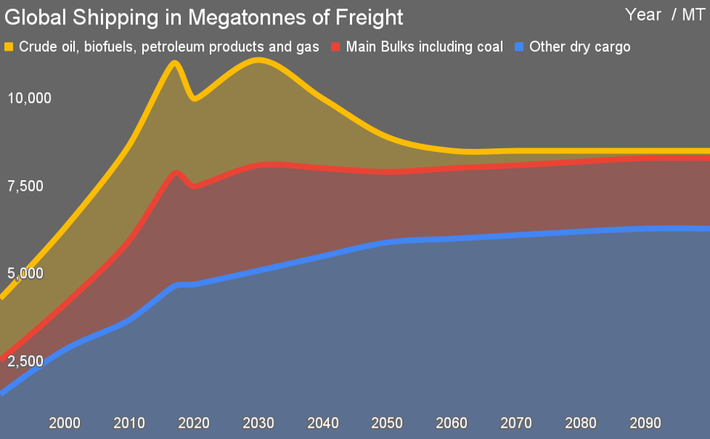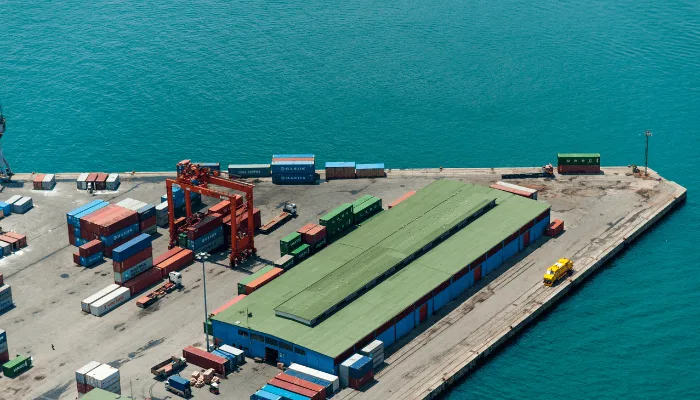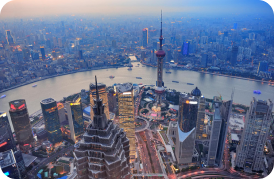
How Global Freight Costs Affect Petrochemical Trade
The global petrochemical market is highly sensitive to logistics. A container freight rate increase of just 10–15% can significantly reduce profit margins for exporters. Since petrochemical products like polyethylene (PE), mono ethylene glycol (MEG), and base oils are shipped in bulk, freight costs often represent up to 30% of the final landed price. Understanding how these costs impact global trade is essential for both suppliers and buyers.
2. Key Factors Driving Freight Costs
Several elements contribute to the volatility of freight prices:
| Factor | Impact on Petrochemical Exports |
|---|---|
| Fuel Prices | Higher bunker fuel costs increase per-ton freight charges. |
| Geopolitical Risks | Regional conflicts or sanctions raise insurance premiums and rerouting expenses. |
| Port Congestion | Delays at key hubs like Jebel Ali or Singapore raise demurrage and storage fees. |
| Container Shortages | Especially during post-COVID recovery, leading to price spikes. |
| Global Demand Shifts | High demand from Asia raises freight rates from the Middle East. |
3. Freight Costs and Export Competitiveness
For exporters in the Middle East, particularly Iran, freight charges play a defining role. For example:
Polyethylene (PE100B) exporters see competitive advantage erode when shipping rates to China surge.
Base Oil SN150 prices in India often fluctuate depending on seasonal tanker availability.
MEG exports to Turkey become more attractive due to shorter distances and lower freight charges compared to Asian routes.
Thus, freight costs not only shape pricing strategies but also determine target markets.
4. Case Study: Middle East to Asia vs. Middle East to Europe
Asia (China, India, Vietnam): High demand but long distances → higher freight cost impact.
Europe (Turkey, Italy, Spain): Moderate demand but shorter transit → more stable landed cost.
Exporters often prioritize regions with lower logistics expenses to maintain competitive petrochemical prices.
5. How Exporters Can Mitigate Freight Risks
To remain competitive, exporters apply several strategies:
Long-term Shipping Contracts – locking in stable rates with carriers.
Flexitank and Bulk Options – reducing per-ton costs for chemicals.
Diversified Routes – avoiding congested ports or politically unstable regions.
Regional Hubs – using UAE free zones as re-export bases.
These approaches help balance freight volatility with consistent supply to international buyers.
6. Future Outlook
Global freight costs are unlikely to stabilize soon, given fuel market fluctuations and continued geopolitical tensions. However, exporters that adopt flexible logistics strategies and maintain transparent petrochemical prices will secure stronger positions in Asia and Europe.

- Contact Us today and get connected with producers and export-ready logistics.
- sales@PetroExportHub.com

Related posts
Mono Ethylene Glycol (MEG) serves as a cornerstone for modern antifreeze and coolant formulations, offering reliable freezing protection and heat resi . . .
Explore Solvent 100’s specs, uses, and export opportunities from Iran. Ideal for paint, ink, and adhesive buyers in India, Turkey, UAE, and Africa. . . .
Explore everything you need to know about exporting sulphur from Iran in 2024 — including types, packaging, documents, ports, prices, and top import . . .
Explore Iran’s top ports for petrochemical exports, including Bandar Imam Khomeini, Assaluyeh, and Bandar Abbas. Compare infrastructure, accessibili . . .
Learn the key differences between polypropylene (PP) and polyethylene (PE), their applications, advantages, and how to choose the right polymer for yo . . .
Discover how a Turkish plastics manufacturer reduced costs by 22% through importing HDPE from Iran. Real-world case study by PetroExportHub. . . .
Learn why Iran is a leading exporter of polyethylene (PE). Discover grades, global applications, and how PetroExportHub connects buyers with top suppl . . .
We are here to answer your questions....
Petro Export Hub
PetroExportHub specializes in the export of premium-grade petrochemicals, minerals, and industrial chemicals from Iran, serving international markets with reliability, transparency, and tailored logistics solutions
Tehran Office
Phone:
0214865484 | +989127607241
Address:
Tehran..
China Office
TEL :
0211400
Address:
Zhongzhou Bie Lu, Zhongcheng Street, Yiwu City, Zhejiang Province, China
Quick Access
Quick Access
- Contact Our Sales Team
- Frequently Questions
- Shipping & Logistics
- Become a Partner
- Certificatins & Quality







